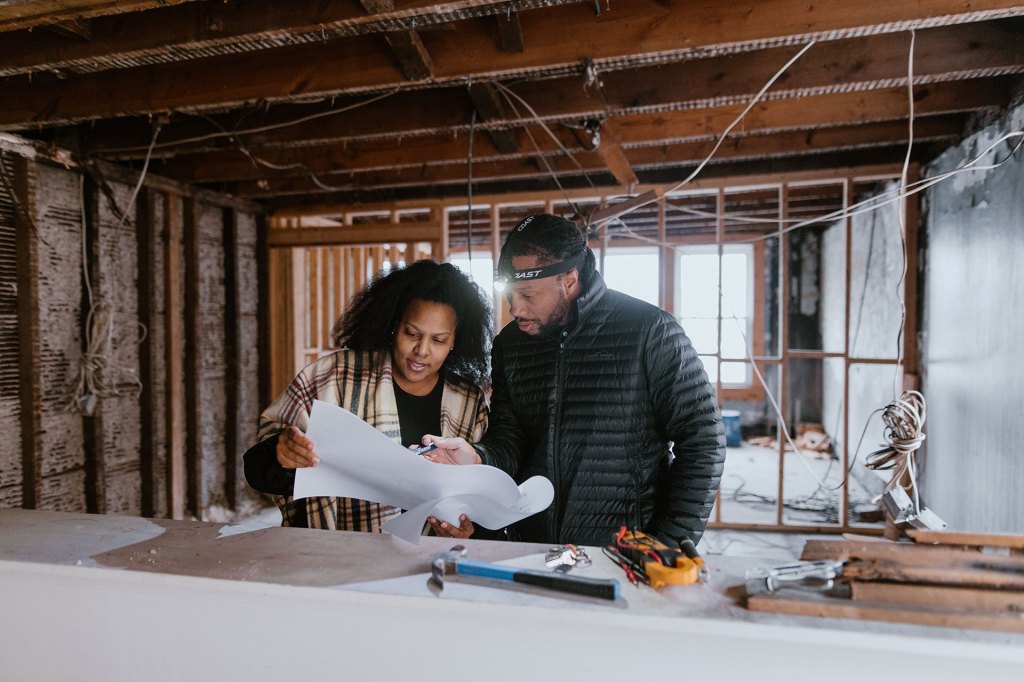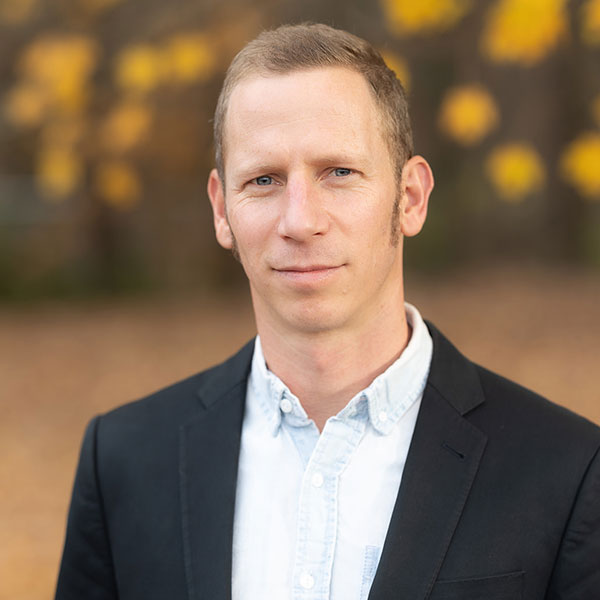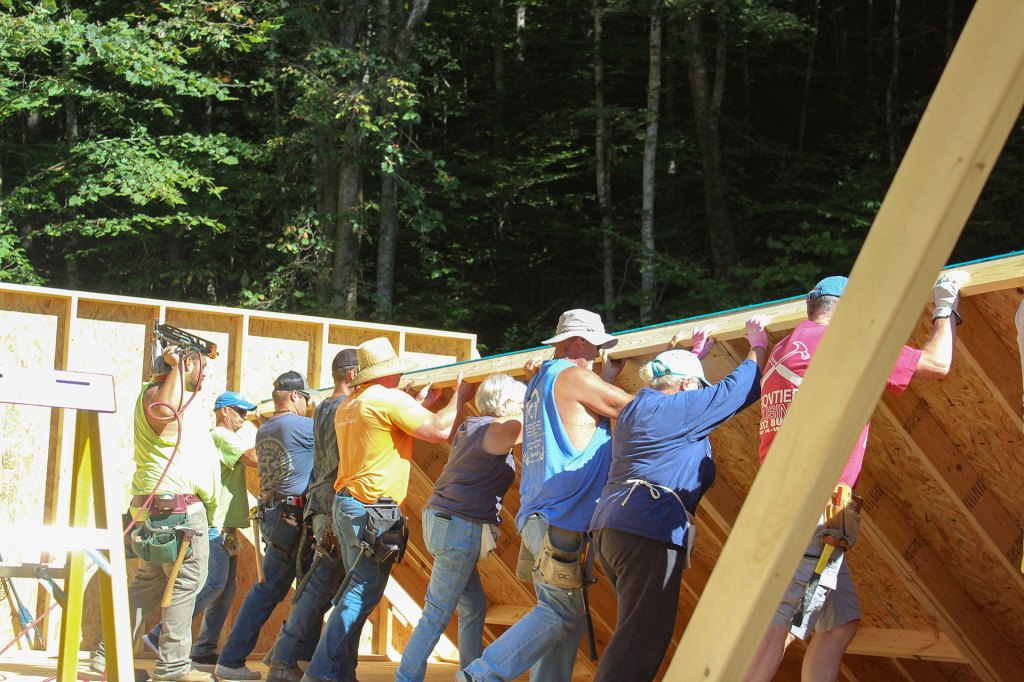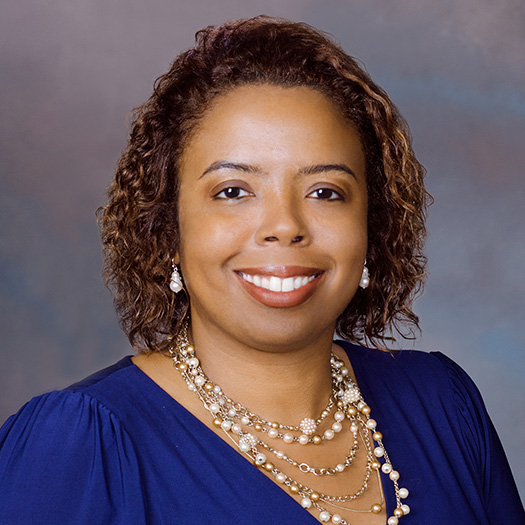Intermediary connects projects, people, and dollars
Invest Appalachia and the Fed have joined forces to help rural communities and small towns turn investment-worthy ideas into investment-ready ones.
By
, Fed Communities

Kim Ross grew up in Columbus, Ohio and Wilkes County, North Carolina. But her face lights up when she talks about time spent with her mother’s family in Bluefield, West Virginia. “As a young child, my grandmother lived [in Bluefield],” she says. “We would come visit and it was always fun and memorable.” Kim didn’t realize that these occasional visits would lead to her relocating to Bluefield as an adult. “I lived in Charlotte and wasn’t planning to move here,” she said. “But from my visits, I just felt a connection to stay and build. I saw there was so much untapped potential here.”
“Capital requires money, equipment, property, goods, and services. “
Kim and her husband founded Mount Terra LLC, a company in Bluefield focused on community development projects. In the community of almost 10,000 residents, they both recognize that big dreams require resources and capital not easily available to small towns and rural communities. Capital requires not only money but equipment, property, goods, services, and knowledge. Organizations like Invest Appalachia (IA) can play an important role in making connections that can turn investment-worthy ideas into investment-ready ones.

“We’re just trying to level the playing field, so every community has a fair shot at prosperity and economic opportunity.“
– Andrew Crosson, Chief Executive Officer, Invest Appalachia
The vision of a prosperous, equitable, and resilient region
Operating in the Appalachian counties of Kentucky, West Virginia, Virginia, Ohio, North Carolina, and Tennessee, IA leverages relationships and investments from philanthropic, community finance, and community development partners for funds and technical assistance. As a collaborative initiative, Invest Appalachia blends different forms of capital to support economic development in underserved communities of Central Appalachia.
Since 2019, IA has been working to get resources to Appalachia based on a shared community vision. The organization’s coordination of capital and systemic approach help expands local economies and build wealth among underserved populations. “You can have a good business idea and plan and still not get the investment that’s needed to make it work,” said Andrew Crosson, chief executive officer of IA. “We’re just trying to level the playing field, so every community has a fair shot at prosperity and economic opportunity.”

Photo courtesy of Invest Appalachia
Trainers in the Rural Investment Collaborative
IA has been working closely with the Federal Reserve Bank of Richmond’s Rural Investment Collaborative (the Collaborative) that launched in early 2024. The Collaborative addresses conditions that keep small towns and rural communities from accessing capital. IA’s work with the Richmond Fed helps community leaders leverage resources and create partnerships for projects through IA’s Community Investment Framers Training.

“We [the Richmond Fed] decided to partner with Invest Appalachia because they had developed a training that could also benefit rural communities beyond Appalachia.“
– Jason W. Smith, Senior Community Development Advisor, Richmond Fed
In 2021, IA launched the framers training as part of the Appalachian Investment Ecosystem Initiative. Participants spent 12 weeks learning about the tools and skills needed to move their community development ideas forward. The Richmond Fed used the IA model for the Collaborative’s Community Investment Training.
Participants in the Collaborative’s first training cohort learned about sources of capital and technical assistance. Experts and regional organizations shared knowledge about how to move community development projects forward. Participants also learned how to speak the language of investment when talking about their projects, and to be prepared with financial projections and identify the right “capital stacks” based on different investments. The session ended with participants pitching their project to an audience of their peers and regional experts, preparing them to seek project funding. Several participants secured major investments in their projects, including Williamson Memorial Hospital, a new non-profit hospital established by Williamson Health & Wellness Center, which received a loan from IA and Partner Community Capital to launch its operations.
While the Fed does not give out money or participate in fundraising, The Fed has a role in helping improve access to capital for all communities. The Richmond Fed saw an opportunity to bring together rural leaders to improve community readiness for investments and encourage funding organizations to work with communities.
“The Federal Reserve Bank of Richmond wants to support existing rural organizations that are doing great work,” said Jason Smith, a senior community development advisor at the Richmond Fed who leads the Collaborative. “We decided to partner with Invest Appalachia because they had developed a training that could also benefit rural communities beyond Appalachia. The training also complemented other Rural Investment Collaborative strategies.”
IA’s geographic footprint spans communities in the Federal Reserve Banks of Atlanta and Cleveland as well. All three Reserve Banks have participated at various levels with Appalachia Funders Network (AFN). AFN unites public, private, and philanthropic funders to create transformational impact in the Appalachia region.

Photo courtesy of New Roots Community Farm
Blending funds to strategically change communities
In addition to preparing organizations to go from investment-worthy to investment-ready, IA continues to explore how a blended-capital model can drive equitable outcomes for each community’s unique needs. Traditional loan financing must often be combined with philanthropic dollars to reach underserved communities. This approach unlocks capital for investment-worthy projects where traditional financing cannot. For example, IA helps manage the Appalachian Solar Finance Fund (SFF), which promotes solar development in coal-impacted communities across the region with a blend of investment types. This partnership offers pre-development support, technical assistance, bridge financing, loans, and credit enhancements for community-oriented solar installations. Over the past two years, the Appalachian SFF has provided more than $3.4 million in blended capital to support 51 solar projects in five Central Appalachian states.
IA also helps communities leverage different types of funding needed for large and complex financial deals, providing flexible and risk-tolerant loans through its Invest Appalachia Fund (IA Fund). This funding can significantly benefit underserved populations and improve community infrastructure by offering strategic investments to businesses and real estate projects. About 80 percent of the IA Fund comes from investors outside of Appalachia who have committed $35.5 million since 2023.
IA’s Catalytic Capital Fund offers flexible, grant-funded investment capital that bridges the gap between community development grantmaking, federal funding, and community lending. “We see ourselves as a community development organization that happens to use finance to help communities achieve their goals,” said Crosson.
Never miss a story.
A slow and steady approach to affect change
Community leaders like Ross often have great ideas for community and economic development projects. But they need knowledge, connections, and money to bring these projects to life. As a participant in IA’s first framers training cohort and a co-facilitator for the Richmond Fed’s community investment training, Ross applied those experiences to the Gem Building project that Mount Terra is redeveloping in downtown Bluefield. The historic structure, owned by Ross’ mother, will have three retail spaces and six apartment units.
“Just learning the terminology that’s needed to communicate effectively was huge,” said Ross. “I felt like I was taught how to fish instead of being given a fish. I will apply that knowledge to all of our work and projects.” The project’s potential and the impact of expanding access to the Community Investment Training continues to excite Ross.
In July, the Richmond Fed will open the application process for the 2025 training cohort. The Collaborative continues to make capital more accessible to small towns so they can turn their ideas into big opportunities.
Meanwhile, IA continues to grow deep relationships and remains focused on achieving bold goals that drive investments in the region. “Our approach is about changing the system from the ground up, building capacity in place. It is a long and slow approach, not just focused on getting more deals done,” said Crosson. “We believe investment should start with what communities need and take a flexible and collaborative approach.”






